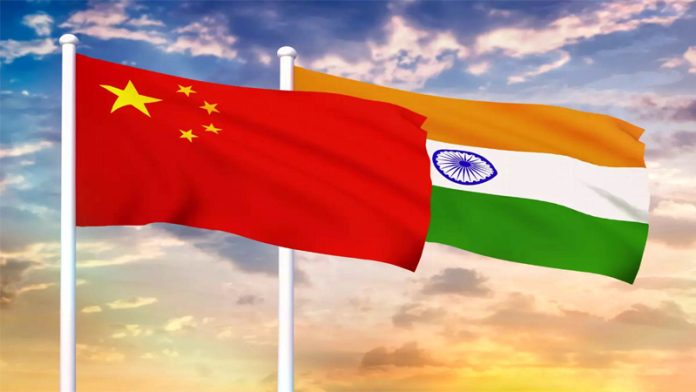The breakthrough between India and China regarding patrolling arrangements in Eastern Ladakh marks a crucial development in the ongoing saga of the military standoff that has dominated bilateral relations since 2020. The announcement of a resolution to the border tensions represents a significant step towards restoring normalcy along the LAC. However, this agreement, while promising, is not an endpoint but rather a beginning-one that highlights the necessity of sustained diplomacy and vigilance in managing the complex relationship between the two Asian giants. The confrontation that began in 2020 in the Galwan Valley of Eastern Ladakh was one of the most serious border disputes between India and China in decades. With casualties on both sides, the incident severely disrupted peace and tranquillity along the LAC, a region that had remained largely stable despite intermittent tensions over the years. The following military buildup created a standoff that lasted for over four years, with both sides fortifying their positions and the risk of escalation constantly looming over the region.
The agreement allows the resumption of patrolling in the Depsang and Demchok areas, among other critical zones, and offers a path toward disengagement. The understanding reached through diplomatic and military negotiations will allow Indian and Chinese soldiers to return to pre-2020 patrolling practices. This is particularly important for Depsang, an area where India’s ability to patrol had been severely restricted, creating significant military and strategic concerns.
The forthcoming meeting between Modi and Xi is ssymbolises importance both nations attach to resolving the issue. The timing of this agreement, ahead of the anticipated bilateral talks, signals that both sides are willing to make tangible progress before their leaders meet on the international stage. The symbolism cannot be ignored-this breakthrough provides a crucial opening for further dialogue and demonstrates that the impasse is not insurmountable.
This resolution, however, should not be viewed in isolation. The border dispute between India and China is a deeply rooted issue, tied to a broader set of geopolitical dynamics and historical grievances. Even though the agreement on patrolling represents a positive step, it does not erase the deep mistrust that exists between the two nations, nor does it entirely resolve all outstanding border disputes. Moreover, the resumption of patrolling will need to be carefully monitored. While disengagement has been a focus of negotiations, the risk of future confrontations persists if proper communication and de-escalation mechanisms are not strengthened. The lessons of 2020 should remind both sides of the fragile nature of peace along the LAC. Any future provocations or misunderstandings could quickly undo the progress made, which is why both diplomatic channels and military protocols need to be continually reinforced. Stability along the LAC is not a static achievement but a dynamic process that requires constant attention and effort. Another important consideration is the broader geopolitical context within which this agreement has emerged. Both India and China have been recalibrating their global positions in recent years. The border standoff between India and China not only strained their bilateral relations but also added a layer of complexity to the region’s geopolitical landscape, with the world watching closely to see how the two nuclear-armed neighbours manage their differences.
The Modi Government’s handling of the situation, though criticised at times for lack of transparency, has been measured. By pursuing both military preparedness and diplomatic negotiation, India has maintained a delicate balance between demonstrating strength and seeking a peaceful resolution. The patience and perseverance displayed in these negotiations reflect a broader recognition that neither side stands to benefit from a prolonged standoff. The resolution of the patrolling issue is undoubtedly a breakthrough. Still, it should serve as the foundation for more substantive discussions on broader issues related to the border dispute and the future of Sino-Indian relations. The road to a lasting resolution is long, and both sides must continue to prioritise dialogue over confrontation.
Trending Now
E-Paper


